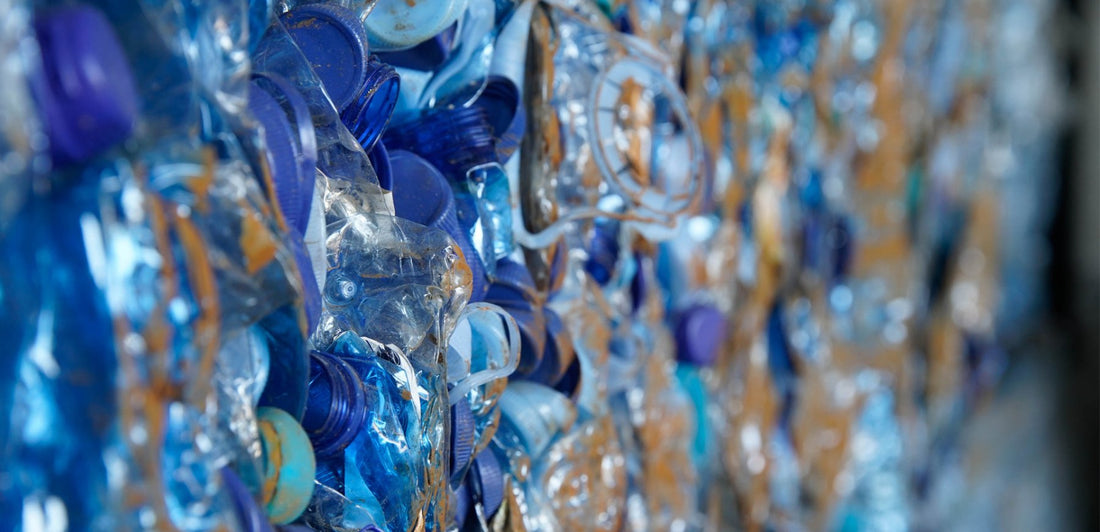All photos: Ⓒ Copyright SEAQUAL INITIATIVE 2022.
If there’s one characteristic that underpins all of the environmental and social movements of the past century, it’s the idea that we cannot achieve anything alone. Togetherness is the defining value of our time, and it’s nowhere better exemplified than SEAQUAL INITIATIVE.
Like TWOTHIRDS, the focus of SEAQUAL INITIATIVE is on protecting the ocean. Specifically they are addressing the issue of ocean pollution of all shapes and sizes - “from shoes to refrigerators”! They do all this through a community-led approach, using the slogan “together for a clean ocean”.
As the famous (and often quoted) refrain goes: “never doubt that a small group of thoughtful, committed citizens can change the world; indeed, it's the only thing that ever has.”
What Is SEAQUAL INITIATIVE?
SEAQUAL INITIATIVE is a Spanish company dedicated to ocean clean-up. They collaborate with a global network of local projects run by fishermen, beach cleaning volunteers, NGOs, local authorities, scientists and more! It’s a particularly neat initiative that has an innovative answer to the question: “where does all that litter go once it has been collected?” Instead of putting it in recycling bins, ocean clean-ups can give the litter to SEAQUAL INITIATIVE to be sorted, recycled, and processed into new products in SEAQUAL INITIATIVE approved facilities. Of special interest to us is the creation of SEAQUALⓇ yarn, which is made by combining SEAQUALⓇ MARINE PLASTIC pellets with regular rPET sources (such as plastic bottles) to be transformed into sustainable clothing.
Interestingly, SEAQUALⓇ MARINE PLASTIC is also used in the furniture and automotive industries.
While collaborating with plenty of smaller projects, SEAQUAL INITIATIVE says that their marine litter comes from 4 main sources - the Egyptian Nile, the beaches, coasts and salt marshes of Tunisia, Mexican rivers, and Vietnamese beaches. Their recycling facilities are positioned to be as close as possible to the places where the litter is extracted from, to reduce transport pollution and “empower local communities” who are faced with extensive ocean or river pollution.

What Is Causing Ocean Pollution?
Simply put: humans are. Humans have been using the ocean as a trash bin for centuries, because it was believed to be too big to fail. But though the ocean may be huge, it still relies on a series of delicate systems that, once disrupted, can be very hard to put right. Human-caused climate change is responsible for altered ocean chemistry and increased water temperatures, both of which put wildlife and humans at extreme risk. Meanwhile ocean pollution has led to ocean dead zones (where there’s not enough oxygen for life to survive) and enormous garbage patches in the world’s biggest oceans.
According to the National Oceanic and Atmospheric Administration (U.S.), the biggest causes of ocean pollution today include littering, poor waste management, storms, and ghost fishing - where derelict fishing gear is abandoned or lost to the waves, endangering vulnerable sealife. In other words: ocean pollution has many individual causes and is a complex issue requiring “local, national, and international” action.
This is what makes SEAQUAL INITIATIVE, and their SEAQUALⓇ yarn, so important.

Ocean plastic pollution is a massive issue in and of itself. National Geographic says that “the amount of plastic in the Atlantic Ocean has tripled since the 1960s,” with the majority consisting of single use plastics, which are built to be used just once before being turned into trash - sometimes thrown directly into the ocean itself. The results can be devastating for wildlife, with turtles mistaking plastic bags for jellyfish and even coral preferencing plastic over its natural food. This is now an issue that most people are conscious or concerned about.
So it makes sense that customers often ask SEAQUAL INITIATIVE how much of the litter from ocean clean-ups is plastic. The answer is as nuanced as the problem itself. “In regions of the world where there is little or no infrastructure for the collection and recycling of plastics” , reads their FAQ, “the ratio of plastics can be much higher than in regions where there are good waste management systems.”
They say that in general, “between 60% and 80% of marine litter is plastic, reaching 95% in some regions.”
Such stats, while only estimates, certainly drive home the prevalence of plastic in the ocean. The also show why SEAQUALⓇ yarn is an effective material for sustainable fashion, because it can help us to reduce our use of virgin polyester - while helping to clean up the ocean along the way.









